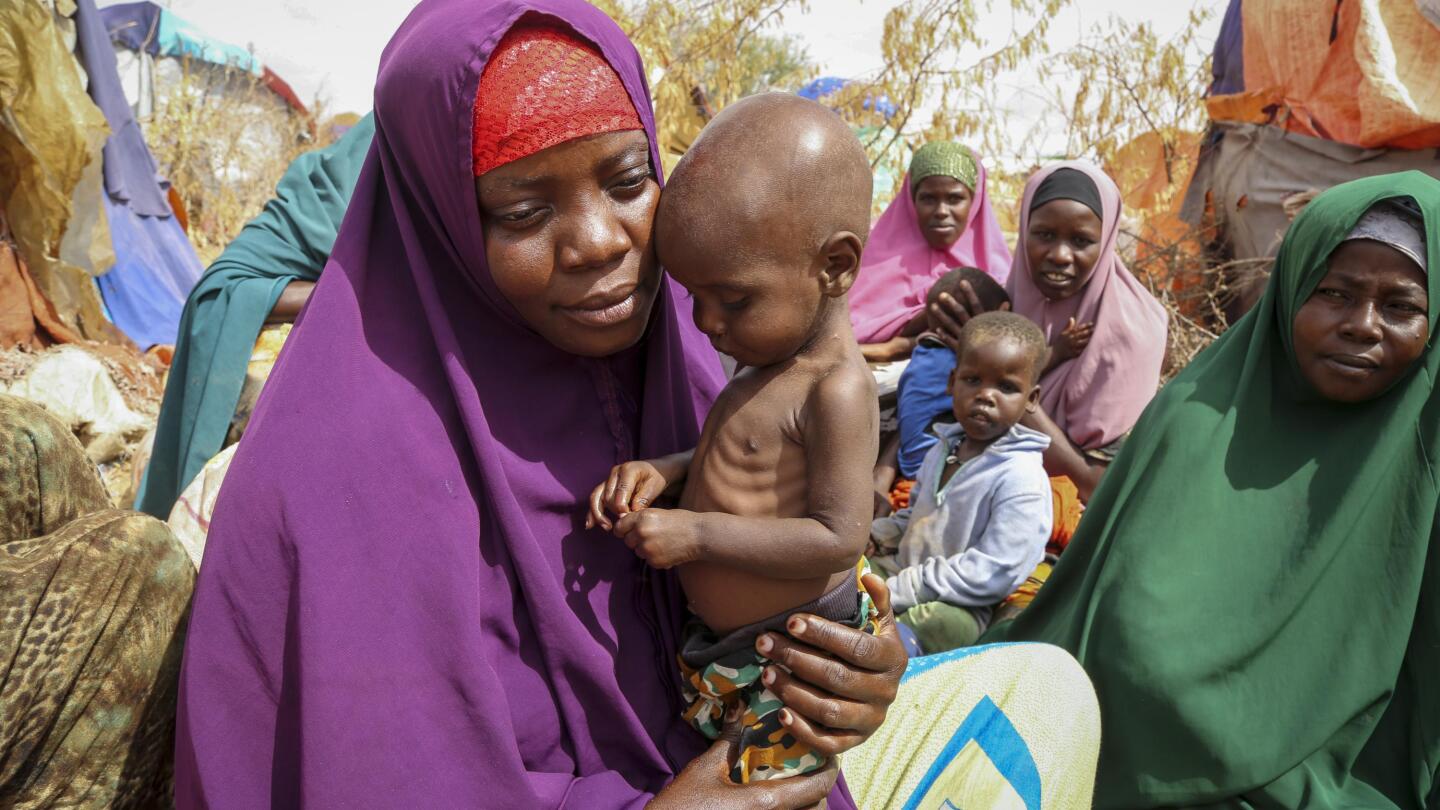Funding cuts have shut down hundreds of nutrition and health centers, worsening hunger and disease.
Over 3.5 million displaced Somalis face heightened risks, especially women and children in overcrowded camps.
Somalia’s humanitarian catastrophe once driven by war and extreme weather is now spiraling due to a quiet but devastating retreat of global aid. Funding cuts are dismantling the core support structures that millions of Somalis rely on, leaving families hungry, displaced, and increasingly vulnerable.
Aid agencies warn that the pace of withdrawal is so rapid it’s triggering a collapse in essential services. Hunger is spreading, health facilities are vanishing, and displaced families are left without protection.
After enduring years of drought and mass displacement, Somali families now face worsening food insecurity. According to the UN Office for the Coordination of Humanitarian Affairs (OCHA), 4.6 million people are experiencing acute food insecurity, with 784,000 in Emergency (IPC Phase 4). Among the most vulnerable are children: 1.8 million under the age of five are expected to be acutely malnourished this year, including nearly 479,000 suffering from Severe Acute Malnutrition, according to UN spokesperson Stéphane Dujarric.
In northern and eastern regions, less than 30% of the population has access to clean water, forcing families to walk long distances and rely on unsafe sources. This water scarcity is fueling disease outbreaks and weakening already fragile communities.
The crisis is compounded by the closure of critical infrastructure. Hundreds of nutrition centers and health facilities are shutting down due to lack of funding. The number of people receiving food assistance has plummeted—from 1.1 million in August to just 350,000 in November, according to the World Food Programme.
Over 3.5 million Somalis remain displaced, many living in overcrowded camps where women and girls face heightened risks of sexual violence and health complications. As healthcare systems vanish, the most vulnerable are left exposed to disease and abuse.
Humanitarian organizations say they are struggling to meet global needs as donor contributions continue to decline. Somalia is a stark example of how international policy decisions reverberate on the ground. While drought and conflict are familiar challenges, the disappearance of life-saving services is a direct consequence of donor withdrawal.
Experts warn that without urgent funding, Somalia could once again face famine echoing the devastating crisis of 2011, when hundreds of thousands lost their lives.
Somalia’s story is a sobering reminder: climate extremes and conflict may be inevitable, but the collapse of humanitarian support is a choice. And its consequences are already unfolding.
Stay connected with us on WhatsApp and X for instant updates and breaking news as it happens.












